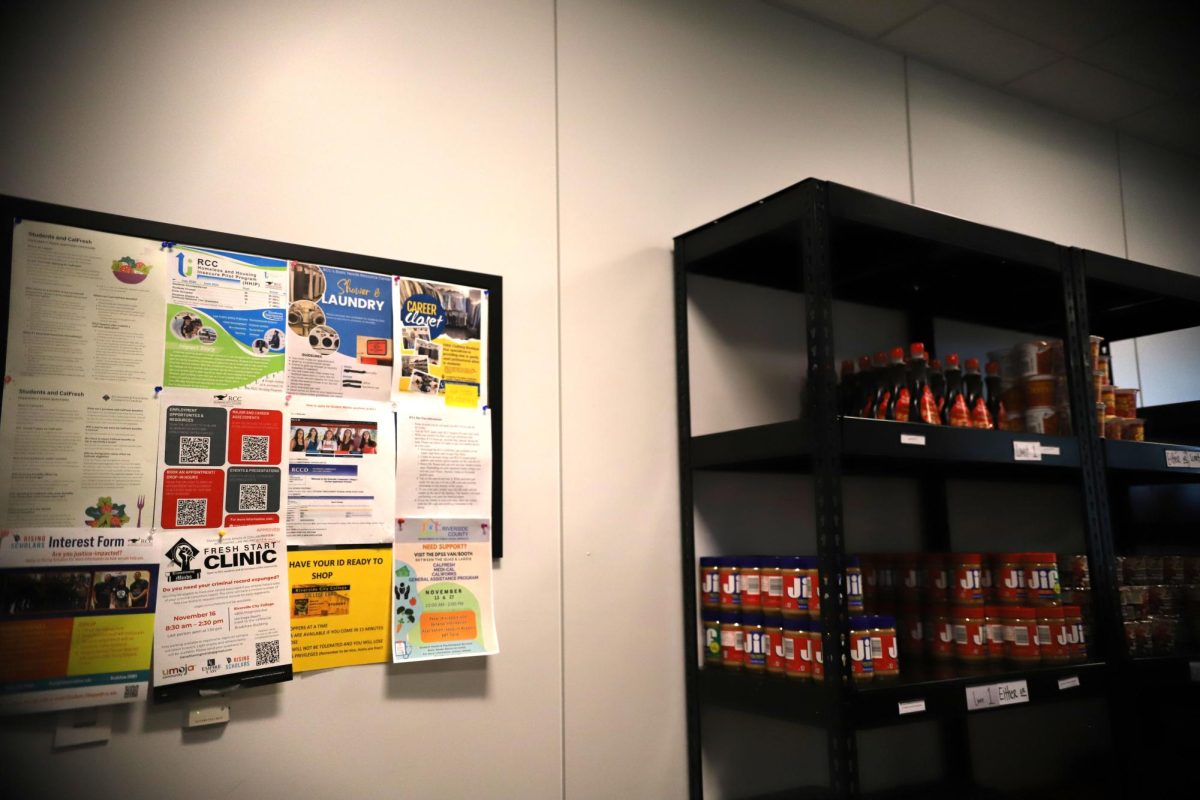By Corinne Love
By Corinne Love
Imagine every dream you’ve ever had. Now imagine those weird, twisted, mundane and whimsical dreams coming to life on the big screen.
For some of us this would be a nightmare.
This is Michel Gondry’s “The Science of Sleep” a fantastic surrealist take on the romantic comedy.
Gondry, who is known for his avant-garde work, has directed music videos and films for stars such as Bjork, Massive Attack, Beck and Dave Chapelle. He received critical acclaim for his 2004 feature, “Eternal Sunshine of the Spotless Mind” starring Jim Carey.
“The Science of Sleep” continues Gondry’s dreamlike cinematography and quirky sentimentalism. True to his directorial style, “The Science of Sleep” has unconventional methods that reflect among other pieces in his catalog of films.
Except with the “The Science of Sleep” the construction of the story is loosely focused, relying heavily on the film’s subject matter to compensate for it.
Stephane (Gael Garcia Bernal) is a calendar illustrator who has just moved back from Mexico to Paris , after hearing the unfortunate news of his father’s death. He moves back to the apartment he grew up in to return to work.
He returns to work illustrating calendars, except this time, his imagination creates images that don’t exactly equate to commercial success. One of his commissions is the “Disastrology” calendar. The calendar is based on numerous disasters, real or imagined.
Finding the calendar, Stephane’s boss immediately demotes him to “gluing paper” in the basement. This is where the film really begins to take shape.
Unable to concentrate solely on gluing paper, Stephane’s active dream life begins to blur with his real life. In one particular scene, Stephane’s hands grow to an enormous size when he begins conversing with his boss. In another scene, Stephane looks on in amusement as one of his co-workers begins speaking in English. For the most part, the film is divided up between Spanish, French, and English.
Many of the techniques used to show Stephane’s lucid dream states are the same lo-fi techniques he employs in his music videos. A skyscraper is constructed out of cloth, cities are made out of cellophane; it is a film of constant visual stimuli.
The issue with “The Science of Sleep” is that it never progresses from the dream state. Complications further arise, when Stephane becomes romantically involved with similar personality, Stephanie (Charlotte Gainsbourg). Stephanie’s character is like Stephane, except her personality is rooted more in reality.
Inconsistencies in the character development also are supported by a weak script; Stephanie at first is a dreamer but evolves into a delusional maniac with little support from exposition.
Stephane is likeable, but after a while the audience empathy can only go so far, and the audience begins to question how Stephane and Stephanie sustain their relationship.
Gondry does little in the script and story development, but articulates emotions with images. More so it could have been a highly stylized conceptual film, if it were not for the lagging development.
It’s hard not to like “The Science of Sleep” it is clever, sometimes amusing and cute. All in all, it’s the material of dreams.






